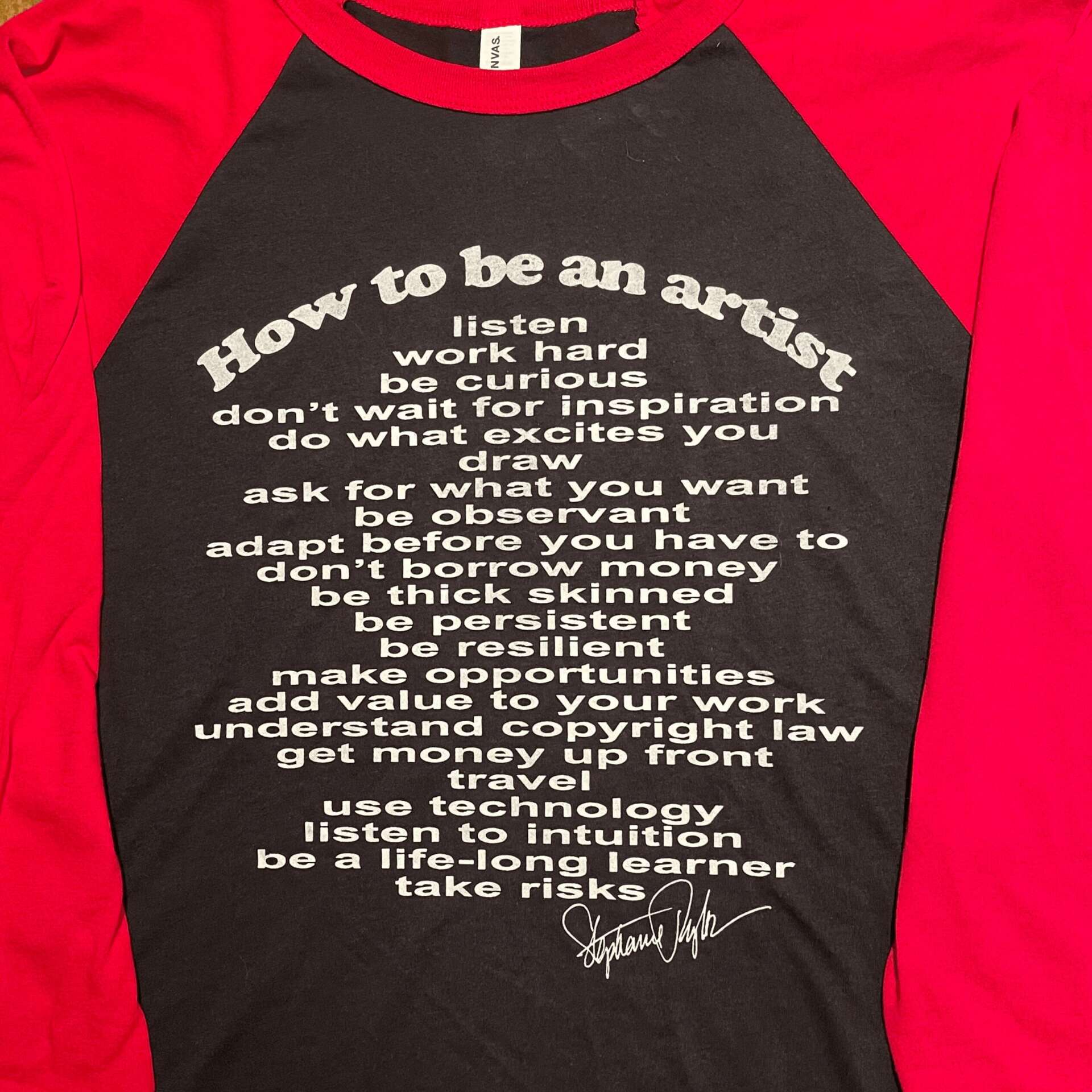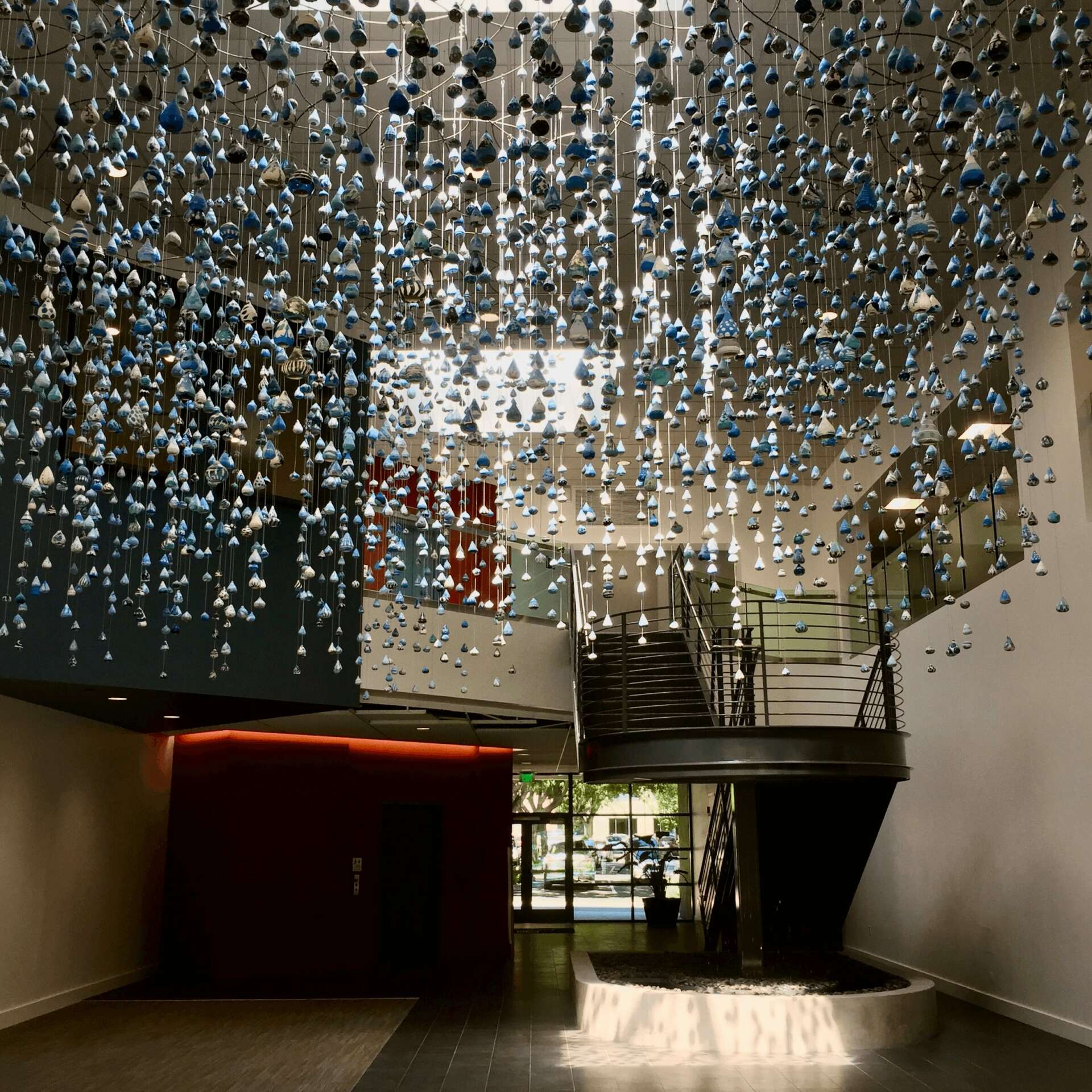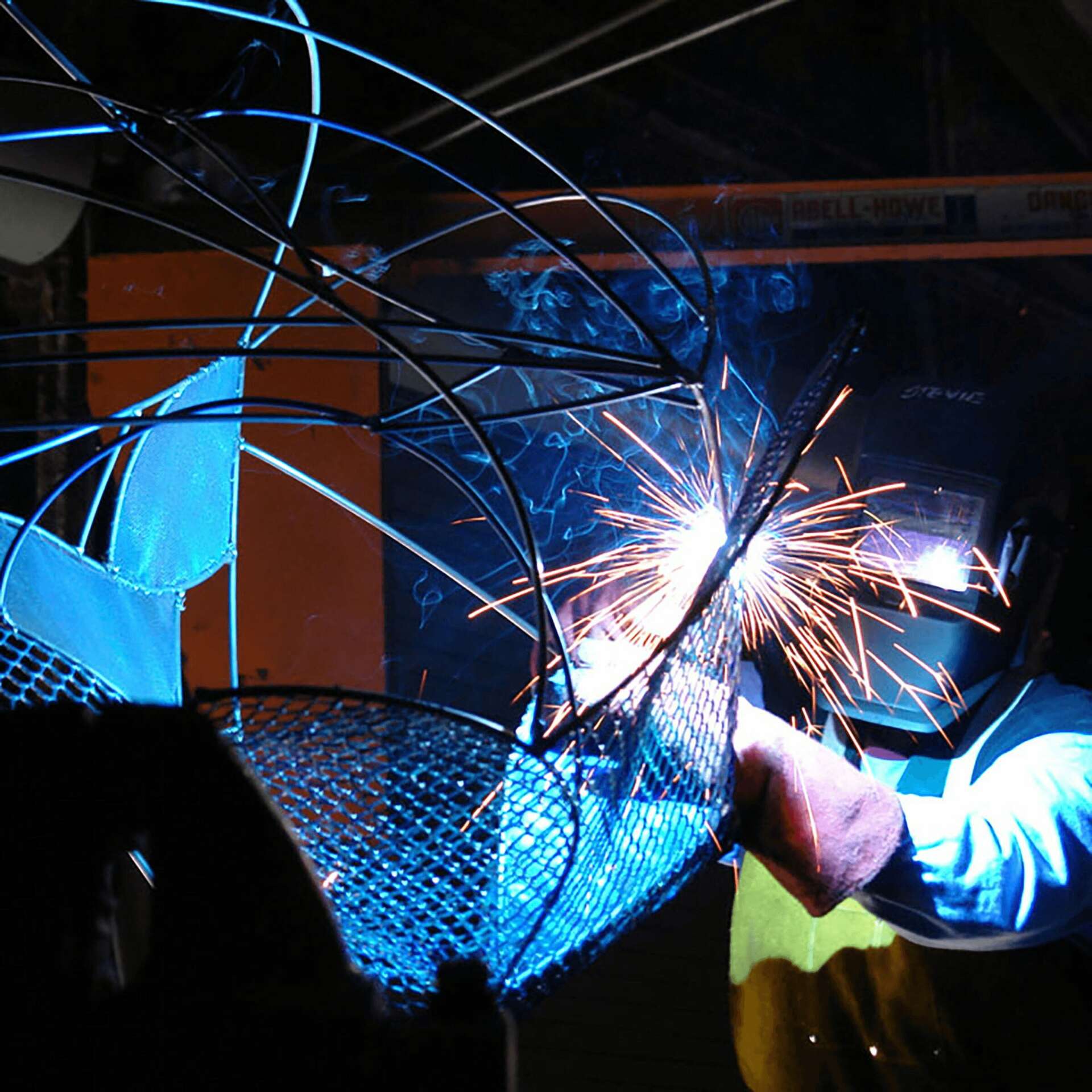Alright – so today we’ve got the honor of introducing you to Stephanie Taylor. We think you’ll enjoy our conversation, we’ve shared it below.
Stephanie, looking forward to hearing all of your stories today. Earning a full time living from one’s creative career can be incredibly difficult. Have you been able to do so and if so, can you share some of the key parts of your journey and any important advice or lessons that might help creatives who haven’t been able to yet?
I’ve been earning my living solely as a creative since 1966, with time out for two degrees. I’ve learned a lot and am happy to share.
As early as 6th grade, I realized I had a skill that could bring me rewards. First, with extra credit and then by my junior year in high school, by selling my work. Frankly, I’m not just “an artist.” I inherited genes for business and a healthy sense of self-worth. Not egotism, just an understanding that I could persuade people to let me do what I wanted to do. Being an avid reader enhanced my communication skills as well as an undying curiosity and willingness to take rejection and a bit of risk.
I recognized opportunity and wasn’t afraid to ask for what I wanted. I married too young, back when good girls weren’t allowed to live with boys. We moved to Hawaii, and I found the only publishing firm in Honolulu, and got a job answering telephones. Example 1: from day one I bugged the boss to move me to the art department. Two weeks later, I started my art career in the production department, learning all aspects of print reproduction.
When we moved to LA, I worked for an old advertising and printing firm, and again learned as much as I could. I worked there for a year for the same pathetic pay and finally got up the nerve to ask my (grumpy) boss for a raise. The boss asked me how much I wanted and said yes. Example 2: I should have asked for more and a lot sooner.
I moved up in advertising. These were the days before you had to pay to get a degree before getting a job; if you talented, you went to work, though I did take classes at night at LA’s famous art schools. I worked hard. And just when I had an unofficial offer to join Doly Dane Bernbach, still one of the greatest agencies ever, a recession hit. Example 3: arm yourself with skills to survive inevitable downturns. I left advertising, traveled in Europe and then entered UCLA.
Before graduating, I saw a career counselor who asked a profound question that changed my life. Example 4: Ask yourself what it is that you want to do. It was 1977, and I knew I wanted to create large-scale art on walls. Murals weren’t a thing then, not like now. I wanted to transform architecture, and also be in charge of my own future, as much as possible. I wanted the autonomy to learn and solve problems, and that’s what I’ve been doing ever since.


Stephanie, love having you share your insights with us. Before we ask you more questions, maybe you can take a moment to introduce yourself to our readers who might have missed our earlier conversations?
In 1977, when I started my business creating private sector art in public places, I decided not to call myself an artist. The word “artist” is so vague that it has no meaning. I called myself a muralist because back then, there weren’t many. I wasn’t a street artist; I wanted to be paid for the value I added for the client. Now muralists are a dime a dozen, and the nature of the craft has become big business.
I’m lucky to have had the career I had; it no longer exists. I’d carved out a sector with large corporations like Disney, Hiltons, Hyatts, with management that trusted me to do what I do best: get a project done on time and on budget., and to come up with solutions to meet those demands. Now very little budget is spent on original art. Also, while I’ve run crews of up to five freelancers, as time passed, the more I wanted to make the work myself. It was just too intimate an experience for me to delegate.
I don’t have a “brand,” and I don’t care about how much exposure I get. I’m not linked to an institution; I’m just a hard worker who thrives on challenges and new situations. I pride myself in anticipating what challenges are coming in the future and innovating. For example, I started learning Photoshop in 1996, not reluctantly, but knowing that I had to be on the right side of the “digital revolution,” as it was called then. Thus, I did a lot of R&D in large-scale digital reproduction and was probably one of the first to recognize the potential of a medium that was then confined to advertising, to create fine art murals.
What makes me proud:
1) That I get an idea in my head, and even if I have to wait many years to make it happen, I’ll eventually find a way. Example: the installation Drop By Drop, over 5,000 ceramic elements suspended from a ceiling 24’ high, and about 17’ is diameter. Example 2: I wanted to write for the Sacramento Bee so I pitched an editor. I was a freelance contributor to the Opinion section for eight years with a series call “California Sketches,” art and essays. This led to co-authoring a book about water in California.
2). That when murals ceased excite me, I went to graduate school at age 57 for a masters in sculpture. I thrive on not knowing what I’m doing, on taking risks with new materials, learning to weld, learning to throw clay.
3). That my most of my clients become my friends. Working on commission is an experience in trust by both parties, and if you don’t trust someone, don’t do business.
4). I’m a life-long learner and innovator. I adapt and as a working artist, that’s critical.


Can you share a story from your journey that illustrates your resilience?
After 9/11, the entire architectural industry came to a halt. It was at a moment when I had huge commissions, so the foundation of my income stopped. This has happened many times in my career. Even if you can anticipate challenges beyond your control (such as the crash in 2009) you must be quick on your feet to respond. Adaptation, learning new skills, exploring new opportunities is critical.
By 2003, it was apparent that new construction was going to take some time to recover, that large corporations were restricting budgets, especially for original art.
I decided to go to graduate school…at age 57. I felt like a kid in a candy store. I was so excited to step out of what I knew and start learning again. And it wasn’t just about making art. I’d never taken the time to study art history, theory and concepts. I did a lot of writing and discovered that I loved the process of writing so much that I started to take workshops about the craft. It opened a whole new world. In addition, as an artist, I usually worked alone. But ceramics and writing are both very collaborative endeavors and that was compelling.
Since, then I was a freelance Opinion writer/artist, and published three books.


How about pivoting – can you share the story of a time you’ve had to pivot?
There’s never been a time when I haven’t had to pivot. Being a “creative” isn’t enough. I’ve had to gain an understanding of accounting and law. I’ve had three intellectual property lawsuits to protect my rights as an artist and those were against large multi-nationals.
I wanted a family. I spaced my three kids and chose a husband who participated to a great degree. As I look back on those very intense years, I sometime wonder how I got through it all. Maybe I didn’t. Having hit adulthood just as women’s lib, whatever that was or is, was not easy, and even now after 50 years, I don’t see a lot of change. Yes, we can succeed in business and the arts, but we’re still moms and must compromise. And unless you have money, that’s harder than ever.
So pivoting is critical. Realistic goals are critical. How realistic is it to aspire to earn a living as a creative now? Honestly, you’d better diversify. Adapt.
Contact Info:
- Website: https://stephanietaylorart.com
- Instagram: https://www.instagram.com/stephanietaylorart/
- Facebook: https://www.facebook.com/stephanietaylorart
- Linkedin: https://www.linkedin.com/in/stephanietaylorart/
- Youtube: https://www.youtube.com/channel/UCFRGhBCNw5mH38gCro_BrmA
- Other: https://vimeo.com/stephanietaylorart
https://staylorartistwriter.tumblr.com
https://howtobeanartist.substack.com


Image Credits
Credits are not necessary.


